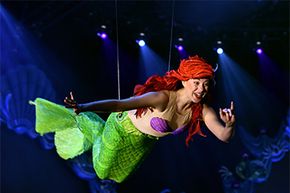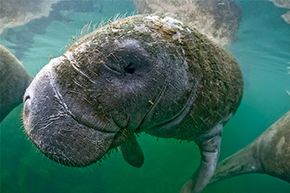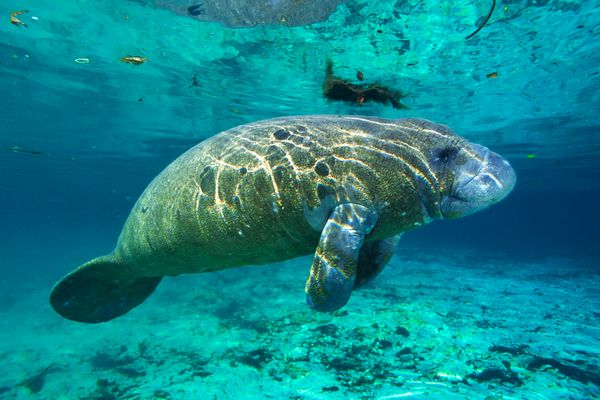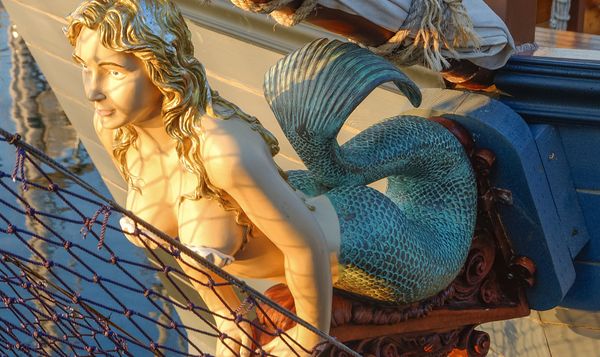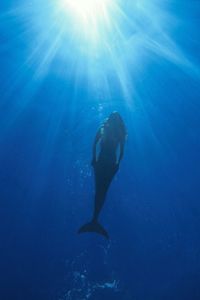Want to win a million bucks? It's easy. All you have to do is travel to Kiryat Yam, an Israeli coastal town near Haifa, and secure conclusive proof of the existence of a creature that has never, in thousands of years, been conclusively proven to exist.
Reports of the "Mermaid of Kiryat Yam" date back to 2009, which is when the town's mayor set up the (tourist-attracting) award. According to eyewitnesses, the creature's upper body resembles a human female child, the lower body a dolphin tail. She appears only at sunset [source: McGregor-Wood].
Advertisement
The mermaid has been swimming through human consciousness for millennia. She appears in early religious texts, including the book of Jewish law known as the Talmud, and in the mythologies of countless separate cultures [source: Stieber]. Rome's Pliny the Elder described a mermaid-like creature in his first century reference work "Natural History" [source: Stieber]. She has since become a Disney princess, a Starbucks Coffee logo, a metaphor for transformation and dangerous desire and, most dramatically, an occasionally photographed flesh-and-blood animal.
In most incarnations, the mermaid has the head and torso of a woman, with long hair and, particularly in reports from sailors, large breasts. Her fingers may be especially long, possibly webbed [source: Stieber]. From the waist down, she has the scaly tail of a fish. Mermaids are typically beautiful, graceful and irresistibly alluring to human men — the latter a defining trait that leads to trouble.
Basically, they are Daryl Hannah's character in "Splash."
That's the most popular vision of the fish-human hybrid. But the mermaid has been imagined by cultures around the globe for thousands of years. The ancient Syrian goddess Atargatis may have been the first, though she didn't start out as a mermaid.
Advertisement

